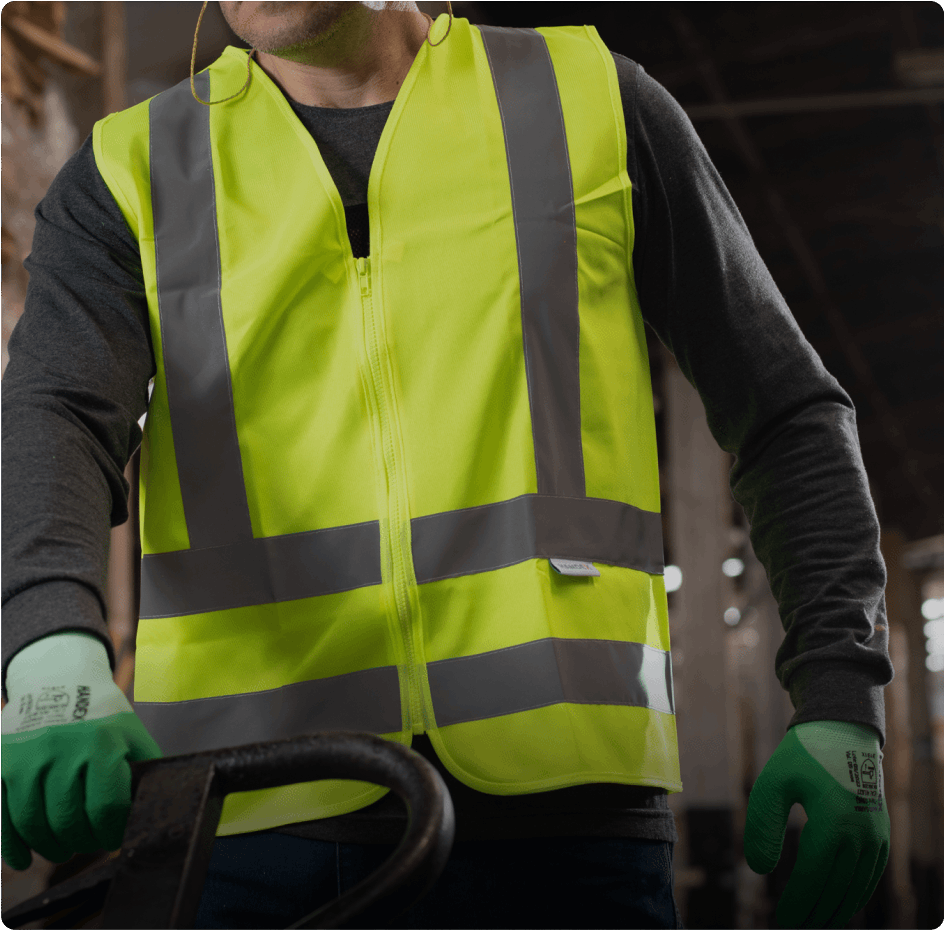The EN 407 standard is an essential standard for assessing the effectiveness of gloves in protecting against thermal hazards. It defines six key parameters, including resistance to flame propagation, contact heat, convective heat, radiant heat, molten metal splash, and exposure to large quantities of molten metal. It is important to note that tests are conducted to measure the performance of gloves, not to determine absolute levels of protection.
A – Flame resistance (1 to 4): Evaluates how long the material continues to burn after the ignition source is removed.
B – Contact heat resistance (1 to 4): Indicates the temperature at which the user will not feel pain for a minimum period of 15 seconds.
C – Convective heat resistance (1 to 4): Measures how long the material delays the transfer of heat from a flame.
D – Radiant heat resistance (1 to 4): Indicates the time required for the sample to reach a certain temperature.
E – Resistance to small splashes of molten metal (1 to 4): Evaluates the time required for the sample to reach a certain temperature.
F – Resistance to large splashes of molten metal (1 to 4): Indicates the time required to cause deterioration of a material similar to skin placed behind the sample.







